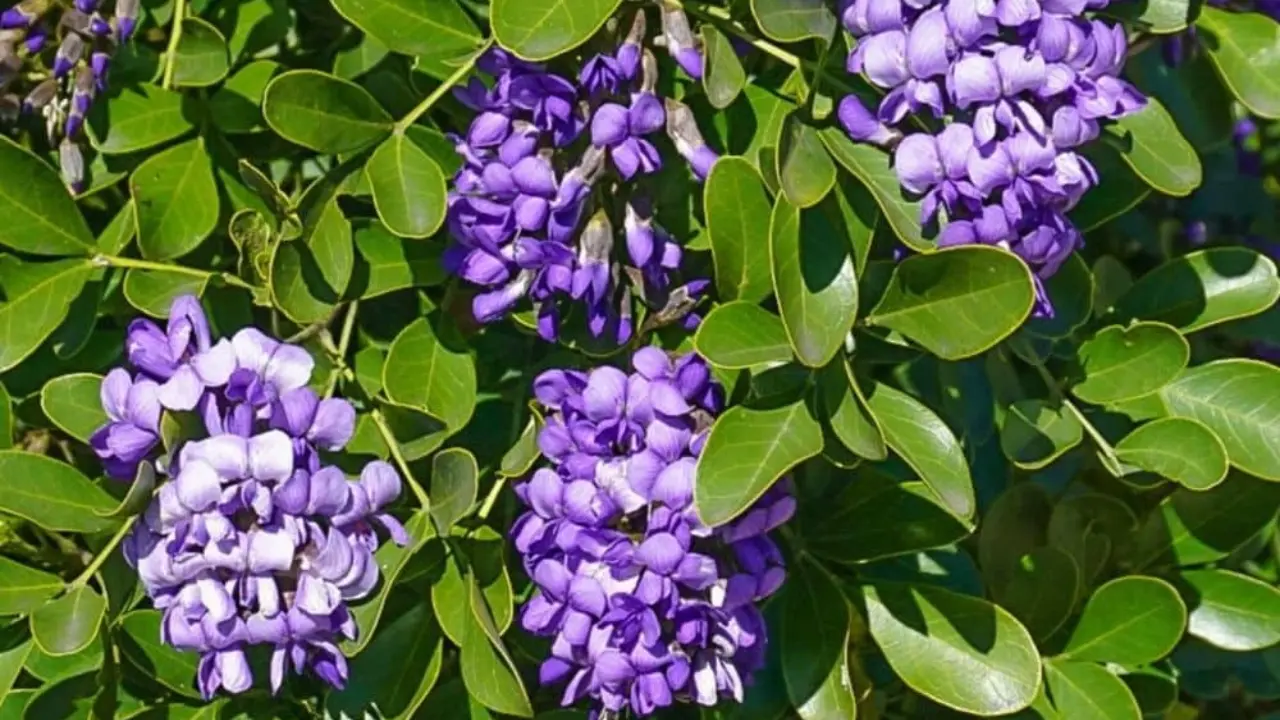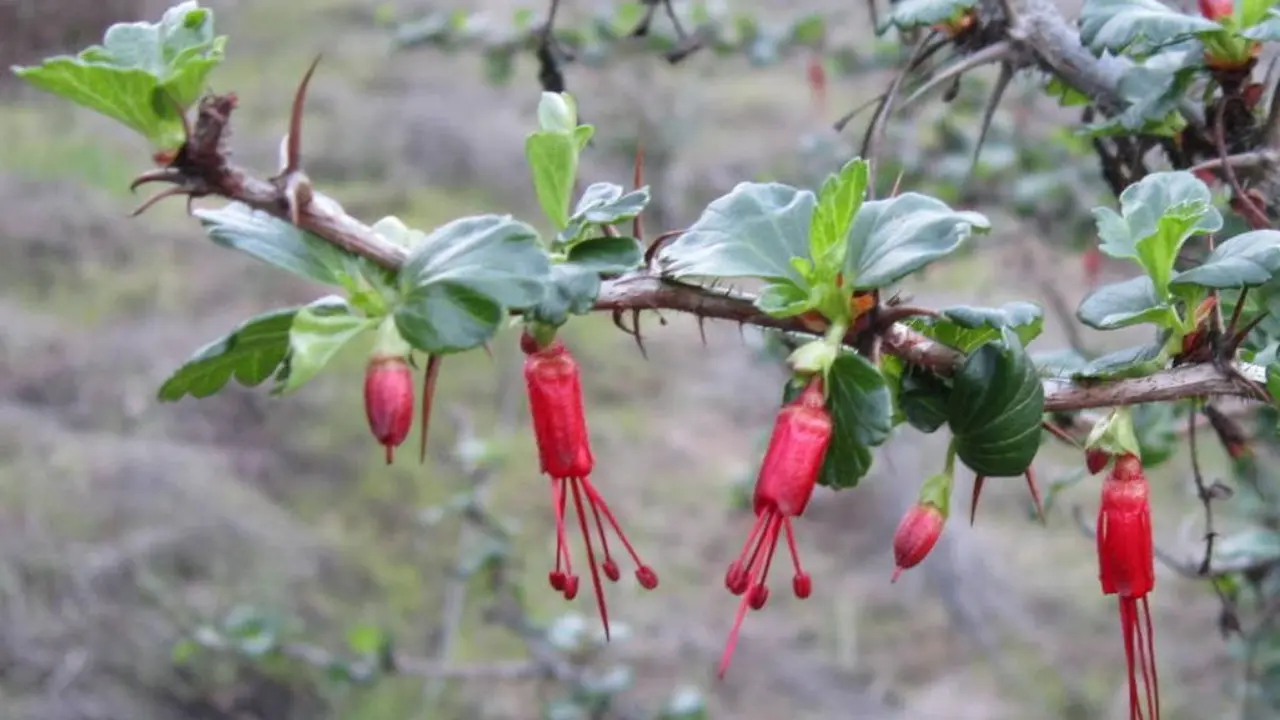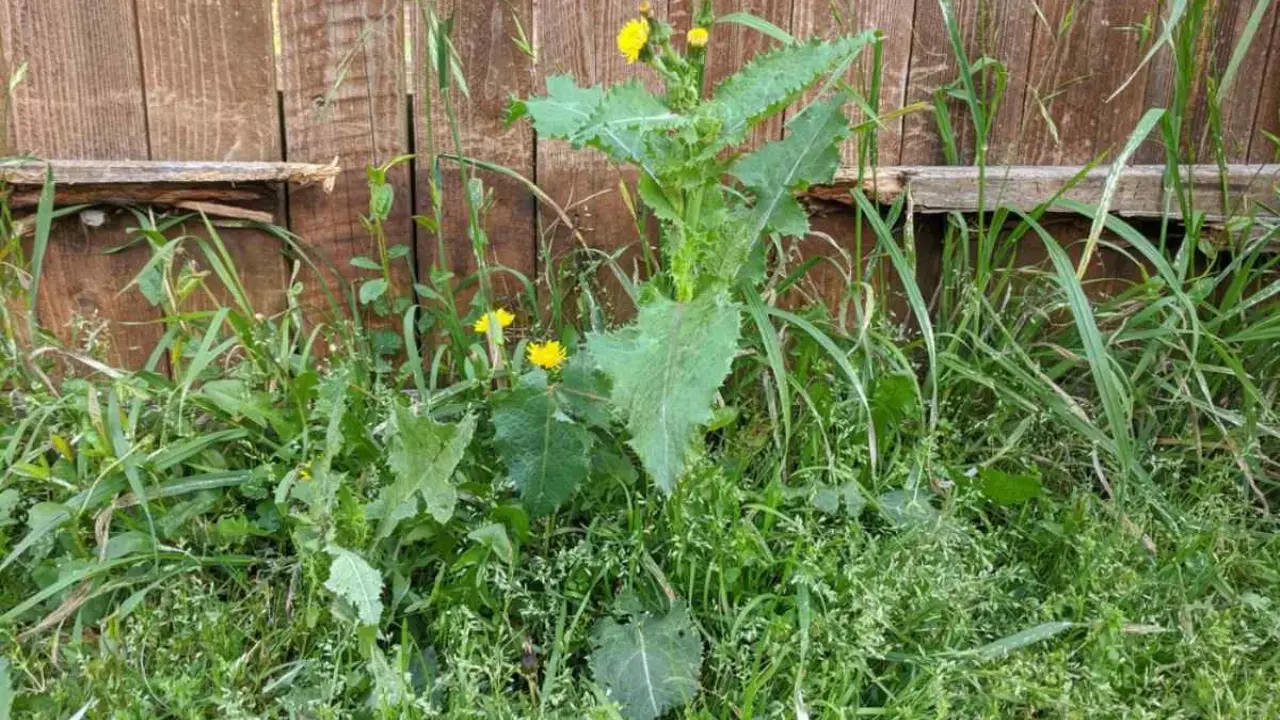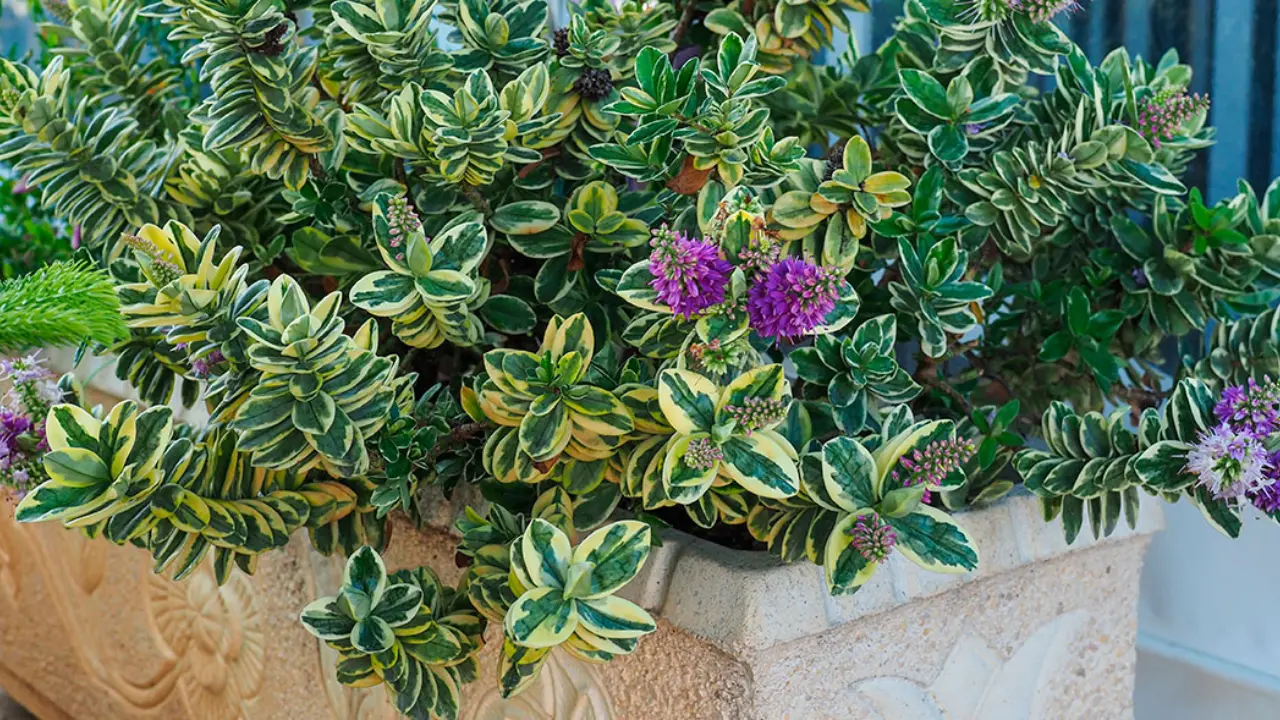The Texas Mountain Laurel (Sophora secundiflora), commonly known as Mescal bean or Frijolito, is a beautiful blooming shrub endemic to the Southwestern United States, namely Texas. This plant has become a recognized icon of the region’s natural beauty due to its magnificent purple blossoms and distinct aroma. We shall dig into the interesting world of the Texas Mountain Laurel in this essay, investigating its qualities, cultivation, and different applications. In this article, we will explore the characteristics, cultivation tips, and benefits of the Texas Mountain Laurel. Let’s dive in!
The Texas Mountain Laurel is a versatile and durable plant that has long been admired by gardeners, nature lovers, and botanists. Its distinctive beauty, enticing smell, and historical importance make it an outstanding addition to any landscape or garden. In the parts that follow, we will look at the features of this plant, its cultivation needs, and its different applications.
Overview of the Texas Mountain Laurel
The Texas Mountain Laurel is a Fabaceae (Fabaceae family) evergreen plant. It grows to a height of 10 to 15 feet and has a spreading canopy, giving it an appealing and compact appearance. This plant is native to the desert areas of Texas, New Mexico, and portions of Mexico, and it thrives in well-drained soil with full sun exposure.
Appearance and Features
The Texas Mountain Laurel is well-known for its eye-catching look. The glossy, dark green leaves alternate along the stems, creating an attractive background for the bright blooms. When it comes to blooms, the Texas Mountain Laurel has clusters of lovely purple blossoms that look like grape clusters. These blossoms not only look nice, but they also have a lovely aroma that fills the air with a sweet, grape-like flavor.
Fragrance and Symbolism
One of the most enticing characteristics of the Texas Mountain Laurel is its smell. When in bloom, the plant emits an enticing aroma reminiscent of grape soda and freshly baked cookies. The smell attracts pollinators such as bees, butterflies, and hummingbirds, making it an important plant for local ecosystems. Aside from ecological value, the Texas Mountain Laurel has cultural significance in Texas, where it is regarded as a state emblem of beauty and resilience.
Growing the Texas Mountain Laurel
Climate and Soil Requirements
Texas Mountain Laurel grows in semi-arid to dry climates, making it ideal for the Southwestern United States. It loves well-drained, somewhat alkaline soil. While it can handle a variety of soil types, proper drainage is essential to avoid root rot.
Planting and Care
To grow a robust Texas Mountain Laurel, first, choose an appropriate place with full sun exposure. Make a hole twice the size of the root ball and set the plant at the same depth it was in the container. Backfill the hole with well-amended dirt, covering the root system completely. Water the plant well after planting and regularly throughout the establishing stage.
Pruning and Maintenance
Pruning is primarily limited to removing dead or damaged branches. If desired, minor pruning may be done after blooming to keep the plant compact. Because the seeds and leaves contain hazardous substances, it is essential to use gloves while handling the plant.
Propagation Methods
There are several ways to propagate the Texas Mountain Laurel, including seeds, cuttings, and grafting.
Seeds
Seeds are the most prevalent form of propagation. Scarify ripe seeds from mature pods by lightly scratching the seed coat to improve germination. Soak the scarified seeds for a few hours in warm water before planting them in a well-draining potting mix. Maintain continuous moisture in the soil, and germination should occur within a few weeks.
Cuttings
Another feasible technique is reducing propagation. Semi-hardwood cuttings should be taken in late summer or early autumn, with at least two nodes per cutting. Plant the cut end in a well-draining rooting media after dipping it in a rooting hormone. Mist the cuttings and place them in a warm, humid location to encourage root formation.
Grafting
Grafting is an excellent strategy for preserving certain cultivars or traits. It entails grafting a Texas Mountain Laurel scion onto a suitable rootstock. This procedure requires specialized knowledge and ability, and it is usually performed by skilled horticulturists or nursery specialists.
Landscaping with Texas Mountain Laurel
The Texas Mountain Laurel’s beauty and durability make it an ideal option for landscaping. It’s modest stature and evergreen leaves provide a lovely background for other garden plants. It may be used as a focal point in a small garden or as a border or sidewalk accent plant. Its drought tolerance and minimal care needs also make it an excellent candidate for xeriscaping projects.
Medicinal and Historical Uses
Native American cultures have a long history of using Texas Mountain Laurel for medical purposes. The plant’s seeds were originally used to cure a variety of diseases, including fever, headache, and rheumatism. It is vital to remember, however, that the plant contains dangerous substances and should never be consumed or utilized without the supervision of a certified healthcare practitioner.
Potential Benefits for Wildlife
The is a valuable resource for wildlife. Bees, butterflies, and hummingbirds are drawn to the aromatic blossoms, which provide them with nectar. The thick foliage provides cover for tiny creatures and birds, making it an important plant for the region’s biodiversity.
Precautions and Toxicity
While the is undeniably a lovely and useful plant, its toxicity should be avoided. Cytotoxic chemicals are found in seeds, leaves, and other plant components and may be dangerous if consumed. Keep children and pets away from the plant and educate yourself about its possible risks.
Conclusion
The is a beautiful natural plant with aesthetic beauty, enticing smell, and cultural value. This plant is a useful addition to any garden, whether utilized in landscaping, sustaining animals or just appreciated for its unique attributes. Remember to use care since this plant is hazardous, and appreciate the beauty and scent it has to give.



